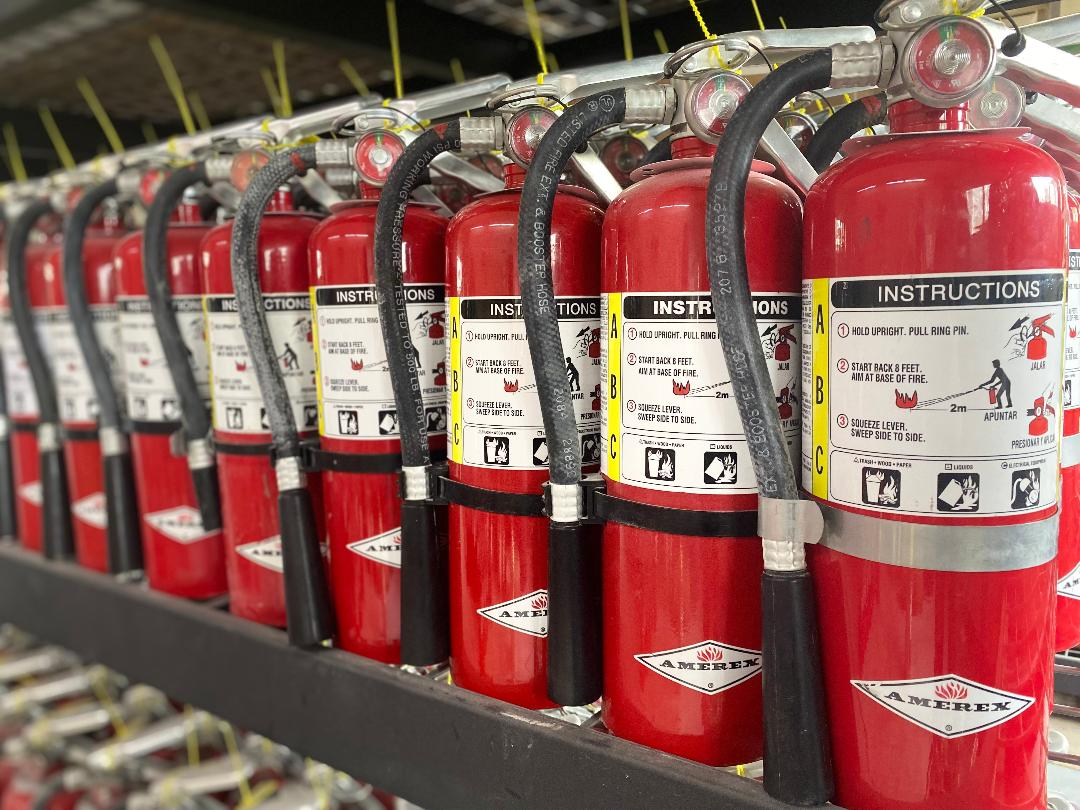Blog Layout
What is UL 300 Compliance?
Jul 28, 2023
UL 300
is a standard established by Underwriters Laboratories (UL) for fire suppression systems designed to protect commercial cooking areas, particularly those using commercial-grade cooking appliances that produce high amounts of grease-laden vapors. The UL 300 standard was introduced to replace the previously used UL 300A standard, which was considered less effective in suppressing modern high-efficiency cooking fires. Here are the key requirements for a fire suppression system to be qualified for UL 300:
Agent Type:
The fire suppression system must utilize a specific type of extinguishing agent that has been tested and approved to meet UL 300 standards. The required extinguishing agent is a wet chemical agent specifically designed to combat grease fires in commercial cooking environments.
Coverage:
The fire suppression system must provide sufficient coverage to protect all cooking appliances and cooking surfaces within the protected area effectively. It should be designed to deliver the extinguishing agent directly onto the cooking surface and into the hood and ductwork areas where grease fires are most likely to occur.
Activation:
The fire suppression system should be automatically activated when a fire is detected. The detection can be achieved through various means, such as fixed temperature sensors, fusible links, or pneumatic detection systems, which are triggered when exposed to high heat levels.
Shut-Off of Fuel and Power:
The UL 300 compliant fire suppression system should include the capability to shut off the fuel and power supply to the cooking appliances automatically when the system is activated. This helps prevent reignition of the fire and reduces the risk of spreading.
UL Listing:
The fire suppression system components, including the extinguishing agent, detection system, and releasing devices, must be tested and listed by Underwriters Laboratories (UL) to meet the UL 300 standard. The UL listing indicates that the components have undergone rigorous testing and comply with the safety and performance requirements.
Installation and Maintenance:
The fire suppression system must be installed and maintained according to the manufacturer's guidelines and local regulations. Regular maintenance and inspections are essential to ensure the system remains in optimal working condition and is ready to respond effectively to a fire event.
It's important to note that UL 300 compliance is required by various local and national fire codes and regulations for commercial cooking establishments. If you are considering installing or upgrading a fire suppression system for a commercial cooking area, it is crucial to consult with qualified fire protection professionals who are familiar with UL 300 requirements and can design and install a system that meets these standards.
Call us today at 360-474-9773 to for more answers about UL 300 compliance

28 Jul, 2023
Knowing when it's time to change a fire extinguisher is crucial for maintaining its effectiveness in case of an emergency. Here are some guidelines to help you determine when to replace a fire extinguisher: Expiration Date: Most modern fire extinguishers come with an expiration date, which is typically found on the label or bottom of the extinguisher. If the extinguisher has reached its expiration date, it should be replaced immediately. Regular Inspections: Fire extinguishers should be inspected regularly as per local regulations or manufacturer's recommendations. Visual inspections can help identify signs of damage, corrosion, or leakage. If any issues are detected, the extinguisher may need to be replaced. Pressure Gauge Reading: Many fire extinguishers have a pressure gauge that indicates whether the extinguisher is properly pressurized. Check the gauge regularly, and if the needle falls into the "Recharge" or "Replace" zone, it's time to take action. If the pressure is too low, the extinguisher might not function correctly during an emergency. Damage and Corrosion: Check the fire extinguisher for any visible signs of damage or corrosion. This can include dents, cracks, rust, or other physical defects. If the extinguisher is compromised, it may not work correctly and should be replaced. Discharge Test: Some fire extinguishers require periodic discharge testing to ensure they are functioning correctly. Check the manufacturer's guidelines or consult a professional to perform this test. Usage History: If a fire extinguisher has been used, even partially, it should be replaced or recharged immediately after use. Even if it appears full, the propellant might have been discharged, affecting its ability to work effectively in the future. Inadequate Fire Class: Fire extinguishers are labeled with specific classes based on the type of fire they are designed to extinguish (e.g., Class A for ordinary combustibles, Class B for flammable liquids, Class C for electrical fires). If you discover that the fire extinguisher is not appropriate for the potential fire hazards in your location, consider replacing it with the correct type. Always follow the guidelines provided by the fire extinguisher manufacturer and local safety regulations. If you have any doubts about the functionality or safety of a fire extinguisher, it is better to err on the side of caution and replace it promptly. Remember, a functional and well-maintained fire extinguisher can make a significant difference in containing a fire and preventing major disasters. Call us today at 360-474-9773 to schedule your fire extinguisher inspection.
Licensed , Bonded & Insured
15008 Smokey Point Blvd., Suite G Marysville, WA 98271
Mailing Address: P.O. Box 393 Everett, WA 98206
BUSINESS HOURS
Mon - Fri: 9:00 am - 5:00 pm






ACH Payments & QuickBooks
CONTACT INFORMATION
15008 Smokey Point Blvd., Suite G Marysville, WA 98271
Mailing Address: P.O. Box 393 Everett, WA 98206
BUSINESS HOURS
Mon - Fri: 9:00 am - 5:00 pm






ACH Payments & QuickBooks
Content, including images, displayed on this website is protected by copyright laws. Downloading, republication, retransmission or reproduction of content on this website is strictly prohibited. Terms of Use
| Privacy Policy

